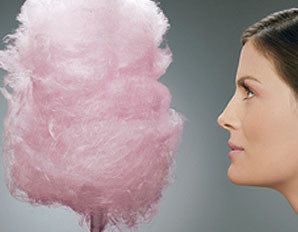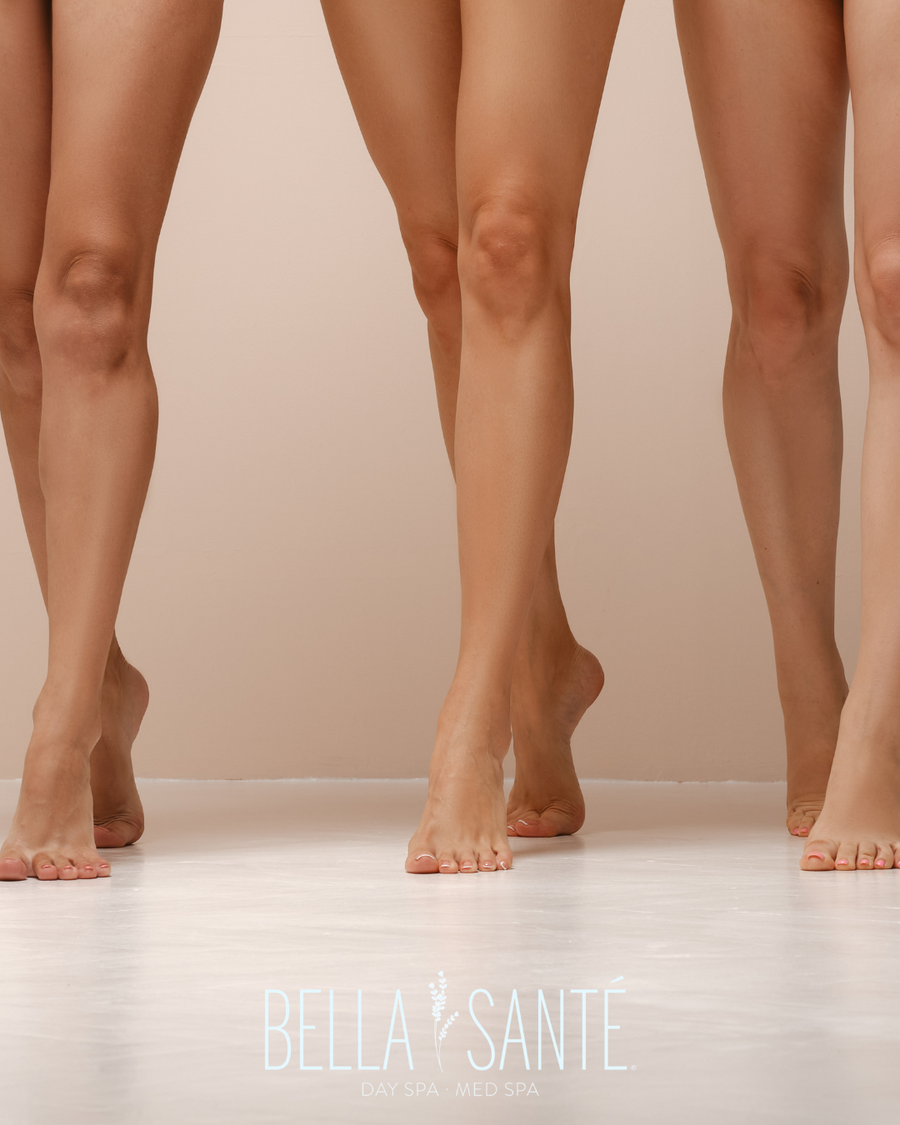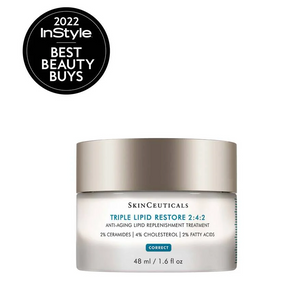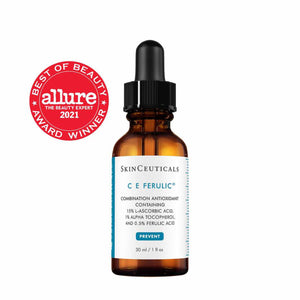
It may taste sweet, but sugar’s effects on our skin is anything but. You may already know that in large quantities it can have negative effects on your waistline, but did you know that sugar has a direct impact on your skin’s health and appearance? Here’s the lowdown on the ugly truth about sugar and your skin.
Sugar Causes Inflammation
When you eat sugar, you trigger an inflammatory response throughout your body. Included in this response is your largest organ: your skin. What’s happening to you can be attributed to insulin levels spiking. You might actually notice that you look and feel differently directly after ingesting it. If you've ever felt flushed and warm after a heavy meal and a rich dessert, that could be the effects of the inflammation you are experiencing. Over time, that response dilates tiny blood vessels under your skin, causing discoloration and coarsening skin texture.
Chronic inflammation also breaks down collagen and elastin, the connective tissues that give your skin the elasticity and resilience of youth. Without these tissues, skin sags and looks older than your years. Along with the exacerbated effects of aging in your skin, inflammation also contributes to acne and rosacea. If your diet's full of sugar all the time, you might see chronic redness. Although sugar doesn't cause rosacea, a sugar-rich diet can exacerbate it.
Sugar and Insulin Resistance
Ready for more bad news? The more sugar you ingest on a daily basis, the higher the probability of developing insulin resistance. People who are insulin resistant can suffer from excessive growth of hair (in places you don’t want it!) and dark patches of skin on the neck and in the folds and creases of their bodies.
Sugar alone doesn't age skin – the sun plays a huge role in skin aging, which is why you need daily sunscreen – but it's a contributing factor. In other words, celebrating a birthday may not have as much of an impact on your skin as the cake you eat at the party.
Hidden Sugar
The sugar you eat isn't just in the sugar bowl. Everything from tomato juice to canned soups to snack crackers can contain surprisingly high amounts of added sugar, so read labels carefully if you're cutting down on the sweet stuff. Some carbohydrate-rich foods also quickly metabolize into sugars; white bread, pasta and some ready-to-eat cereals break down into the same components as a few tablespoons of white sugar.
That doesn't mean you need to cut all carbs from your diet. Complex carbohydrates rich in fiber and protein, including whole wheat, take time to digest and don't create the glycemic spike that heavily processed carbs do. Just switching to whole grains can make a big difference to your body and your skin.
Save your skin. Keep sugar on the outside of your body and apply sugar scrubs instead of eating sugary treats. Your face, and your waistline, will thank you.







